You’ll never look at ethnic wear the same after seeing these Odisha textiles!
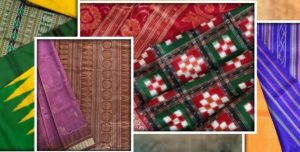
Odisha is a land of vibrant traditions, and nowhere is this more beautifully expressed than in its handloom textiles. Rooted in culture, spirituality, and sustainability, these weaves not only tell the story of the region’s artistry but also continue to make their mark across the globe. Here’s a look at the top five textiles that define the fabric of Odisha:
Sambalpuri Ikat
Originating from Sambalpur and neighbouring districts like Bargarh and Subarnapur, Sambalpuri Ikat is celebrated for its ‘bandhakala’ or tie-dye technique, where both warp and weft threads are dyed before weaving.
Striking geometric patterns and traditional motifs such as sankha (conch), chakra (wheel), and phula (flower) — often with spiritual undertones.
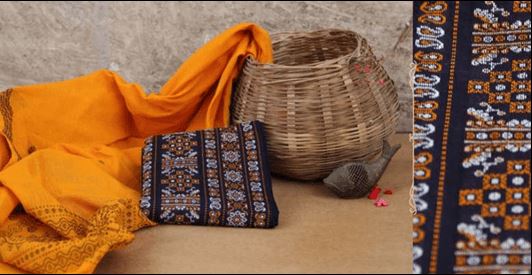
Available in both cotton and silk, these weaves are known for their double-sided clarity and vibrant hues. Each saree can take over two weeks to craft, showcasing meticulous skill. Today, Sambalpuri Ikat is used in sarees, dress materials, dupattas, and even home decor, earning global demand and admiration.
Bomkai
Woven primarily in the Subarnapur district, the Bomkai or Sonepuri saree combines ikat weaving with extra weft embroidery done on pit looms. Rich in tribal symbolism, it features motifs bitter gourd, lotus, and peacock, often woven into bold pallus and contrasting borders.
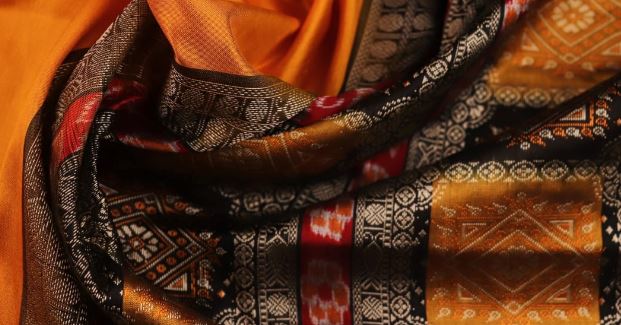
The colour combinations, such as orange with black or yellow with green, are vibrant and festive, making Bomkai sarees a favourite for weddings, rituals, and cultural events. Its blend of tribal art and traditional elegance reflects Odisha’s unique identity.
Berhampuri Paata
From Berhampur in Ganjam district, Berhampuri Paata is a luxurious silk saree known for its unique ‘phoda kumbha’ (temple border) design and glossy texture. Some versions use a ‘badhi kumbha’ style — a tie-dye effect with serrated borders. Iconic motifs of Lord Jagannath’s idols are often woven into the fabric, enhancing their sacred appeal.
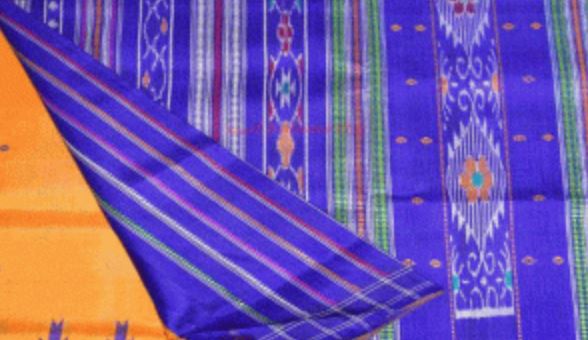
This saree is traditionally paired with a ‘joda’ (matching outfit for men), making it a complete set for weddings and temple ceremonies. With a 200-year-old heritage, Berhampuri silk remains a staple of ceremonial elegance.
Khandua Paata
Originating from Nuapatna and Maniabandha in Cuttack, Khandua Paata is deeply rooted in devotion. These lightweight tussar silk sarees (often weighing just 300g) were traditionally woven as offerings for Lord Jagannath in Puri. With a history tracing back to the 12th century, the motifs often include elephants, flowers, and the mythical ‘Nabagunjara’.
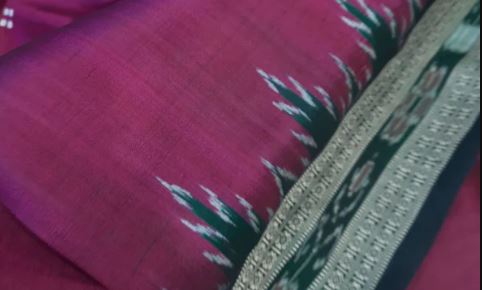
Coloured in divine tones of orange, red, and yellow, Khandua sarees are prized for their spiritual significance and breathable comfort, making them perfect for both everyday wear and religious events.
Kotpad
Woven by the Mirgan community at Kotpad village in Koraput district, the Kotpad saree is a shining example of sustainable fashion. Crafted using natural dyes extracted from the ‘Aal’ (Indian madder) tree, the sarees come in earthy shades of brown, maroon, and black. The motifs — such as axes, crabs, and temples — reflect tribal life and the coastal culture of southern Odisha.
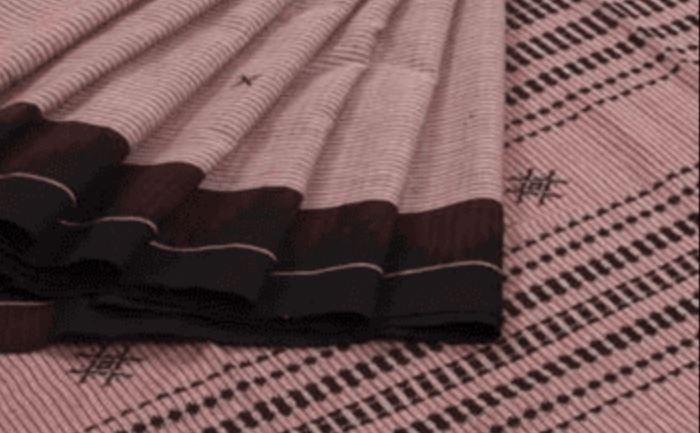
Kotpad sarees were the first from Odisha to receive a GI tag, and their minimal palette and organic production make them a cultural treasure.
Odisha’s handloom textiles are more than garments, they’re living traditions woven with devotion, artistry, and identity. Embracing these weaves is not just a fashion choice, but a celebration of heritage.
News